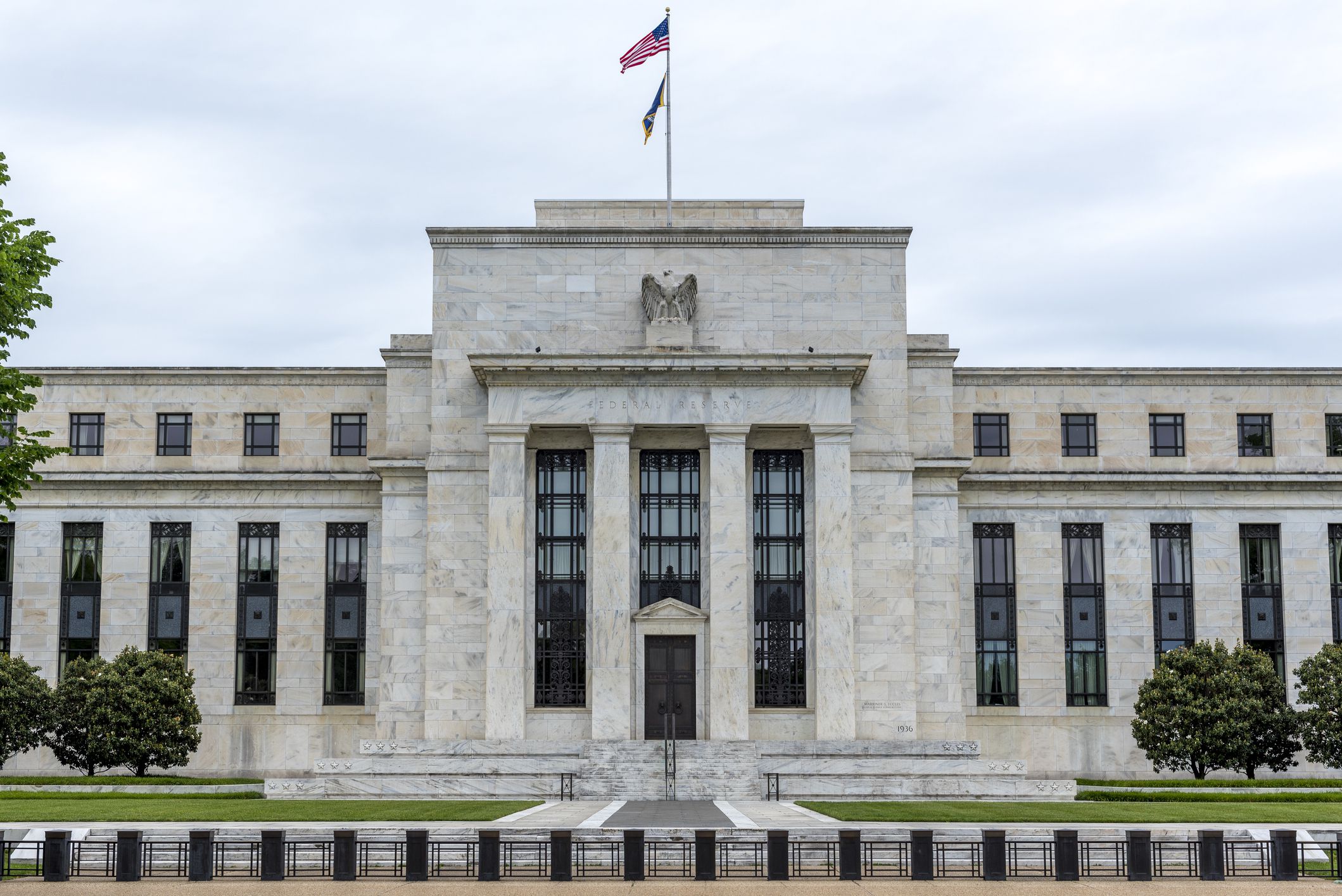On September 18, 2019 the Federal Reserve cut the target range for its benchmark interest rate by 0.25%. It was the second time the Fed cut rates in 2019 in an attempt to keep the economic expansion from slowing amid many signs that the slowdown is well under way. The theory is that by cutting rates, borrowing costs decrease which prompts businesses to take out loans to hire more people and expand production.
Lower interest rates also impact the bond market, as yields on everything from U.S. Treasuries to corporate bonds tend to fall, making them less attractive to new investors. That often leads to stock market rallies as investors pull money out of bonds and put it into stocks.
When interest rates increase, there are real-world effects on the ways that consumers and businesses can access credit to make necessary purchases and plan their finances. It even affects some life insurance. This article explores how consumers will pay more for the capital required to make purchases and why businesses will face higher costs tied to expanding their operations and funding payrolls when the Federal Reserve increases the target rate. However, the preceding entities are not the only ones that suffer due to higher costs.

